Which herbs?
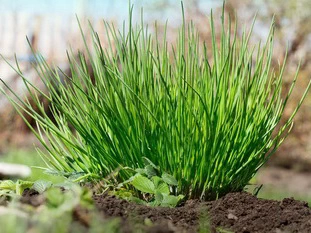 Chives | 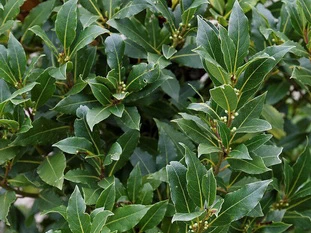 Laurel | 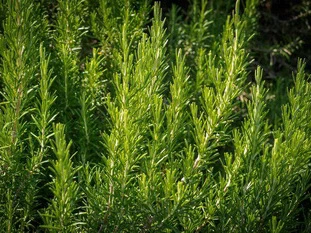 Rosemary |
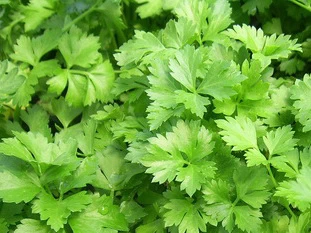 Parsley | 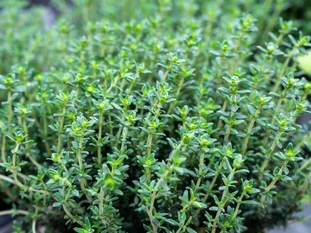 Thyme | 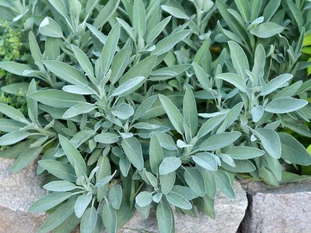 Sage |
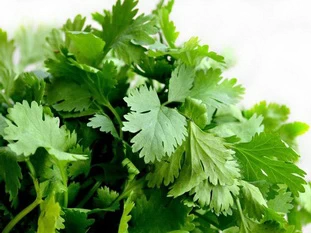 Coriander | 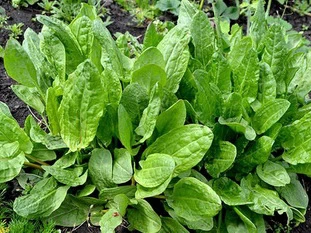 Sorrel | 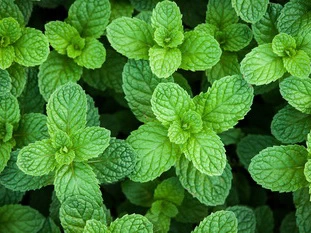 Mint |
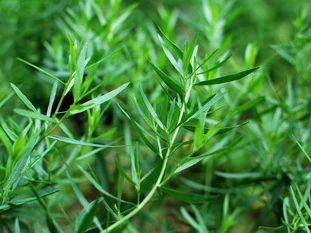 Tarragon | 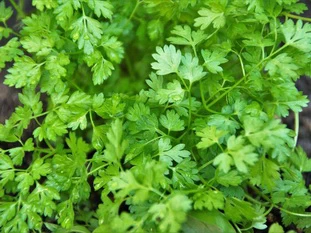 Chervil | 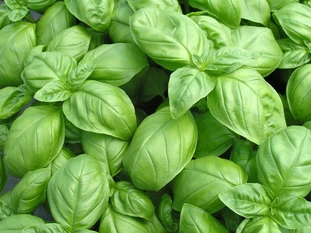 Basil |
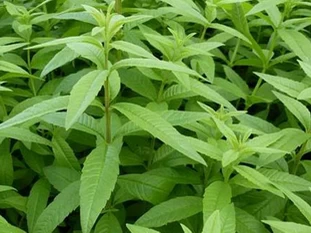 Verbena |  Lemon balm | 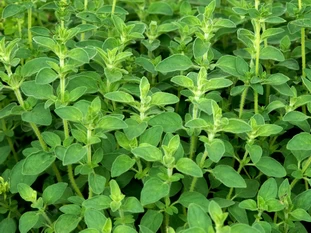 Oregano |
If you must use them
To preserve them when you've bought them fresh and cut (a bunch of parsley, for example), putting them in a glass of water near the window isn't a very good idea. It's better to wrap the stems in damp paper towel, wrap in a plastic bag or aluminum foil and store in the fridge, as this is more effective.Freezing is no problem, see also the section on the herb concerned.
Some herbs, such as bay leaves and thyme, can also be dried (see the section on the herb concerned), but this is still not as good as fresh or frozen.
Be careful with herbs: to fully appreciate their flavours, you need to follow 2 rules:
- Never leave a bunch of herbs standing next to a cooking dish,as the heat will soften the herbs and make them bland and mushy. Ideally, whenever possible, cut them up at the last minute and add them to the recipe.
- If possible, try to avoid the electric chopper, which has an annoying tendency to pulverize or mush herbs. It's much more efficient to use scissors or a knife when adding herbs. Once again, see the section on the herb concerned.
How to store them?
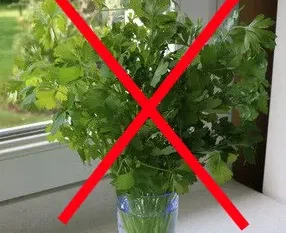
As a general rule, herbs don't keep well once cut, and we all tend to put the stems in a glass of water, like a bouquet of flowers, in the belief that this is the best way to preserve them, but it's not a good idea.
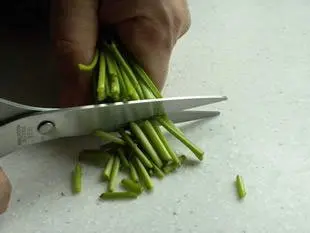
To preserve them in the best possible way, you need to:
1) Cut the tails with scissors, all to the same size (remove about 1/2 centimetre).
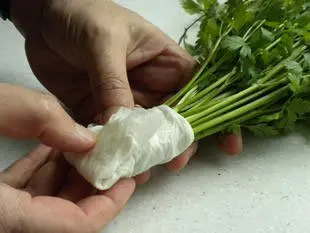
2) Wet a piece of kitchen paper with cold water
3) Wrap the wet paper around the tails
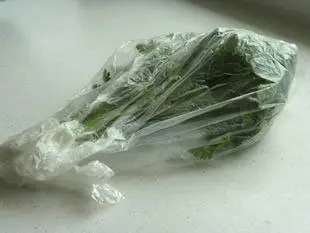
4) Place in a sealed plastic bag and refrigerate.
Create your own herb garden
You can of course buy herbs at the market or supermarket, but if you can create a small "herb garden" at home it will be of great benefit: practical, economical, and what a pleasure to say "It's from my own garden".To do this, you don't even need to have an actual garden or backyard, as most of the herbs mentioned on this page can be grown easily in a pot by a window or on a balcony. This is how the chives and parsley grown by Robert and Françoise (very goods friends of mine, in their cottage) come to be more beautiful than mine grown in my garden.
A few unusual ways to use herbs
Fry herbs for a few seconds in hot oil, to serve with another dishes. Do try especially: fried sage with vegetables for accompanying white meat, fried parsley with fish fillet (be careful when you put parsley in hot oil, it splashes a lot because it contains a lot of water).Use one or several herbs to make herb oil or herb salad.
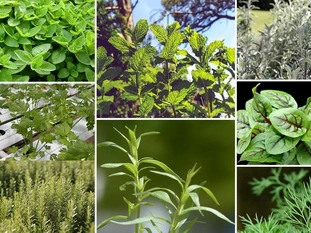





The 1 comment already posted on this page